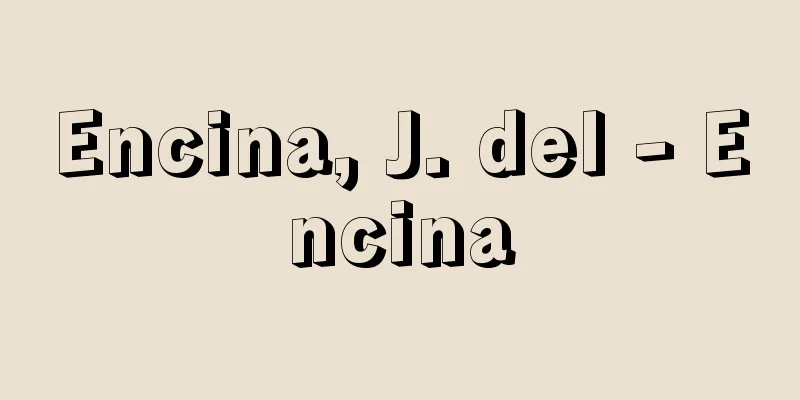Physiologos (English spelling)

|
...It lists Amazons (a tribe of warlike women with their right breast cut off), Antipodes (with legs facing backwards), Astomi (without mouths, living off the scent of apples), Blemyuae (headless, with faces on their chests), Sciapodes (using a large leg as a parasol), and countless other strange peoples. In Alexandria in the 3rd and 4th centuries, a didactic animal book, Physiologos, was created, which borrowed from Aristotle's works and other sources. It was a major source of medieval animal allegories (bestiaries) along with Pliny, as it contained many descriptions of monsters. The basic descriptions of unicorns and mermaids were largely established here, and monster books became widely known to the general public through medieval literature such as Thomas de Cantinpré's Discourse on the Universe in the 13th century and J. Mandeville's Travels to the East in the 14th century. From Bestiary...It includes imaginary animals such as unicorns, and while describing their forms, behavior, and habits, it teaches lessons on faith and life, and satirizes human nature. It has been translated into not only modern European languages, but also Arabic, Ethiopian, and other languages. Its origins lie in the Greek text Physiologos, which is said to have been created in Alexandria around the 2nd century. It is a collection of documents created by Christians with reference to Aristotle's Animal History and Pliny the Elder's Natural History, and consists of descriptions of about 50 animals, plants, and minerals. *Some of the terminology explanations that mention "Physiologos" are listed below. Source | Heibonsha World Encyclopedia 2nd Edition | Information |
|
…そこには,アマゾン(好戦的な女族で,右の乳房を切り取っている),アンティポデス(足が逆向き),アストミ(口がなく,リンゴなどの香を嗅いで生きている),ブレミュアエ(頭を持たず,胸に顔が付いている),スキアポデス(大きな1本足を日傘のように使う)ほか,無数の異様な民族が挙げられている。また3~4世紀のアレクサンドリアでは,アリストテレスの著作などを流用した教訓的な動物誌〈フュシオロゴスPhysiologos〉が成立しており,怪物の記述を多数含んだ文献としてプリニウスとともに〈中世動物寓意譚(ベスティアリ)〉の主要な源泉となった。ここで一角獣や人魚についての基本的な記述はほぼ定まり,13世紀のトマ・ド・カンタンプレThomas de Cantinpréの《万象論》,14世紀のマンデビルJ.Mandevilleの《東方旅行記》などの中世文芸を通じて怪物誌が広く一般に浸透することになる。… 【ベスティアリ】より…ユニコーンのような空想上の動物を含み,それらの形態,行動,習性を語りながら信仰や人生の教訓を与え,人間の諸性質を風刺する読物として,ヨーロッパ近代諸語のみならず,アラビア語,エチオピア語などにも翻訳された。起源は2世紀ごろアレクサンドリアで成立したといわれるギリシア語文献〈フュシオロゴスphysiologos〉にある。これは,アリストテレスの《動物誌》や大プリニウスの《博物誌》などを参考にしてキリスト教徒が作りあげた文書群であり,約50の動植物と鉱物の叙述から成る。… ※「《Physiologos》」について言及している用語解説の一部を掲載しています。 出典|株式会社平凡社世界大百科事典 第2版について | 情報 |
>>: Physopelta cincticollis (English name) Physopeltacincticollis
Recommend
Ama [town] - Ama
A town in Oki County occupying Nakanoshima Island ...
Caesarea
…Population: 454,000 (1994). An ancient trading c...
antiquarian bookshop (English)
...the general term for businesses that buy and s...
Monnet, J.
...However, after the war, this idea was not acce...
nonfiction novel
...But facts are also ambiguous and are constantl...
Arge pagana (English spelling)
… [Togashi Hajime]. … *Some of the terminology ex...
diopter
The amount of refractive power of a lens. It is ex...
Aryadeva - Aryadeva
…Years of birth and death unknown. Sanskrit name ...
European oyster
...European oyster Ostrea edulis (English name: E...
Cafe Greco - Cafe Greco
…Romantic writers and Montmartre painters alike g...
Lymphoid tissue
…the lymphatic system is found in most birds and ...
Liebault, AA (English spelling)
…Although Blade’s theory is not accepted in its c...
Preemptive rights - shinkabuhikiukeken (English)
The right to receive stock allocation when a corpo...
Horner, JF
…Other symptoms include impaired sweating on the ...
Gara spinning
…Abbreviation for Gara spinning. A spinning metho...









